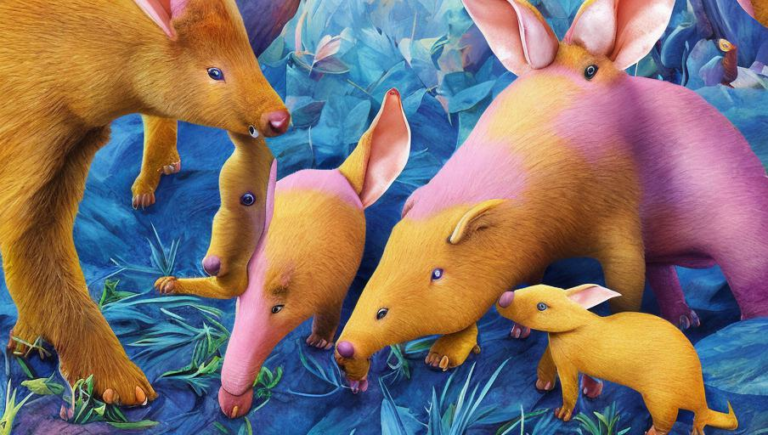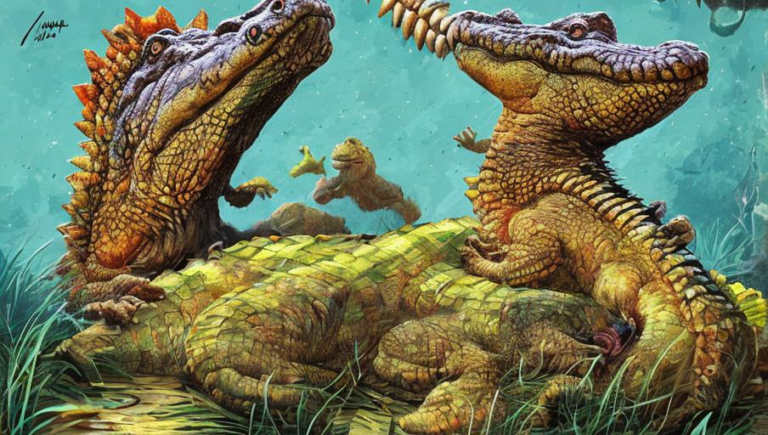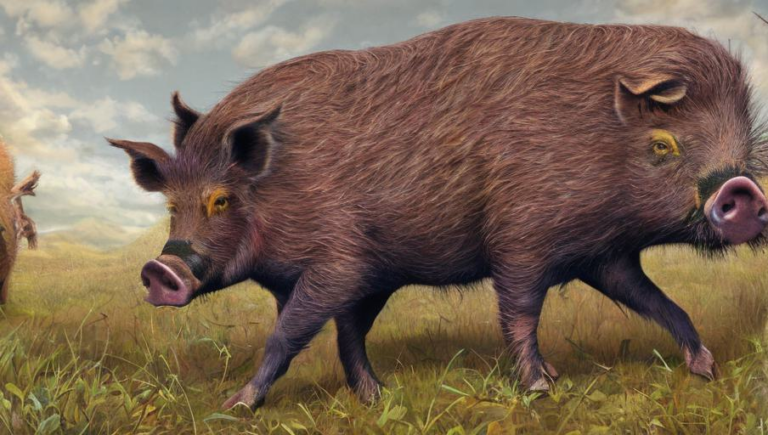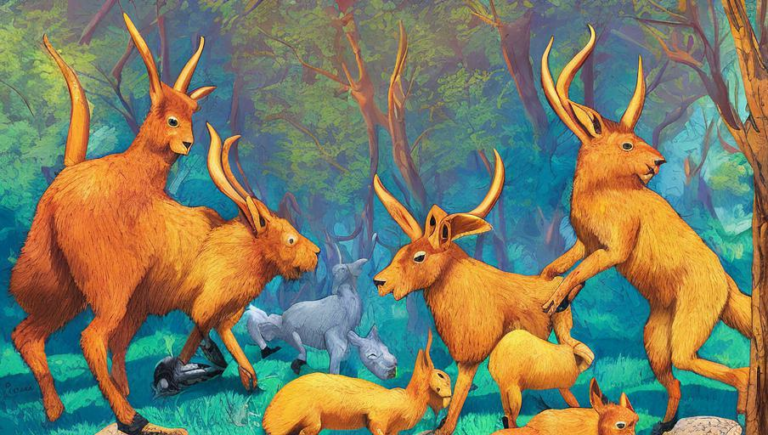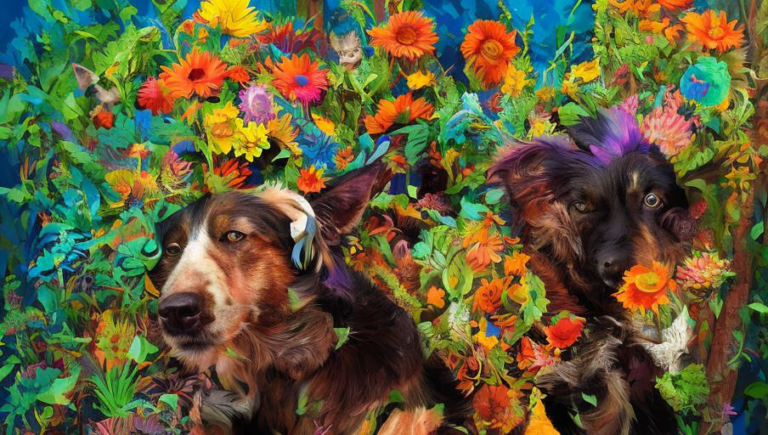Life in the Herd: Exploring the Social Dynamics of Buffalo
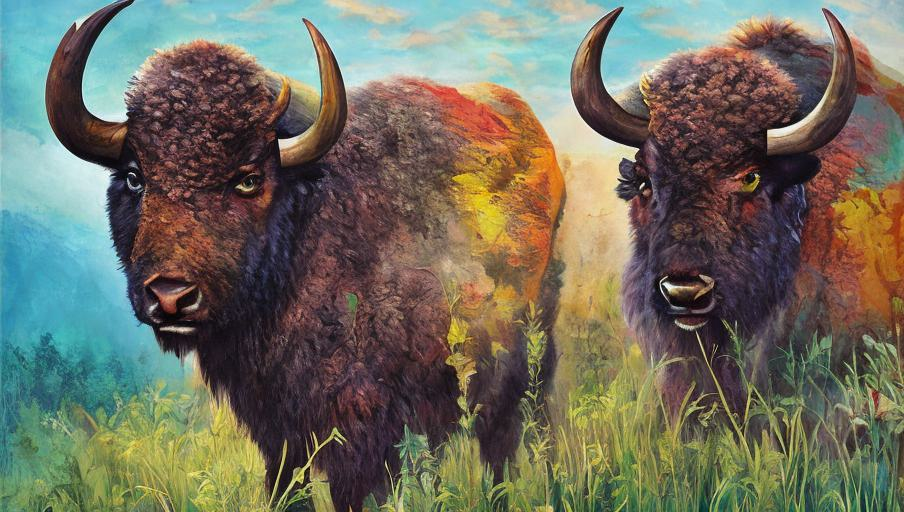
Introduction
Buffalo are one of the most iconic animals of the United States, and they have been featured prominently in stories of the American West. They are a keystone species, meaning they are essential to the functioning of their ecosystems, and they are integral in maintaining the health of their habitats. Buffalo live in large herds and have complex social dynamics that are fascinating to observe. In this article, we will explore the social dynamics of the buffalo herd and how they interact with one another.
Dominance Hierarchy
Buffalo herds are structured according to a strict dominance hierarchy, with the oldest and most experienced members of the herd at the top. These dominant individuals are usually males, and they are largely responsible for ensuring the safety of the herd. They also tend to take the lead in terms of where the herd should go, and they are the ones who will confront any potential threats.
Communication
Buffalo communicate with one another through a variety of vocalizations, body language, and even physical contact. They are able to express a wide range of emotions, from excitement to aggression, and they are even capable of understanding human language to some degree. Vocalizations are an important part of the buffalo’s communication, and they range from low-frequency bellows to high-pitched snorts and grunts.
Social Bonding
Social bonding is an important part of the herd’s dynamics, and it is primarily exhibited through grooming behaviors. Buffalo will groom one another to establish a bond, and they will also groom each other to show affection and comfort. They may also groom one another to show submission and respect. This type of social bonding is essential for the herd to remain bonded and cohesive.
Maternal Care
Female buffalo are particularly important in the herd, and they provide maternal care to their young. Mothers will stay close to their calves for protection, and they will also teach them how to graze and find food. They will also lead their calves to the herd when it is time to migrate. Female buffalo are also responsible for protecting the herd from predators, and they are often the first to spot a potential threat.
Conclusion
Buffalo are fascinating animals, with complex social dynamics and behaviors. They are essential to the functioning of their ecosystems, and they are integral in maintaining the health of their habitats. By understanding the social dynamics of the buffalo herd, we can gain a better appreciation of these amazing creatures and the importance of conservation.
